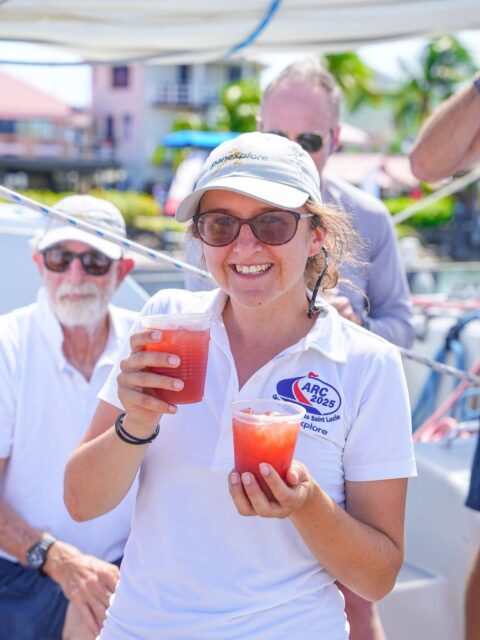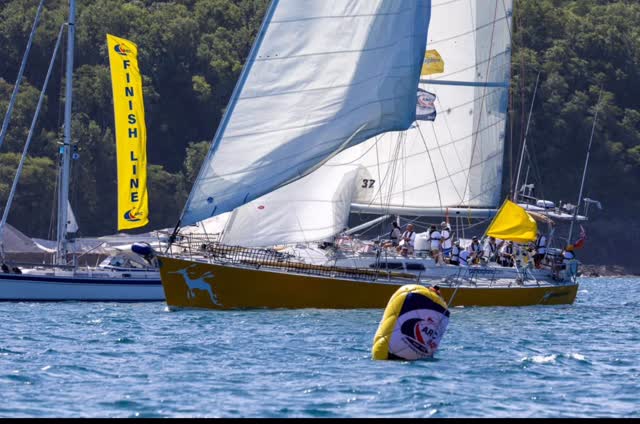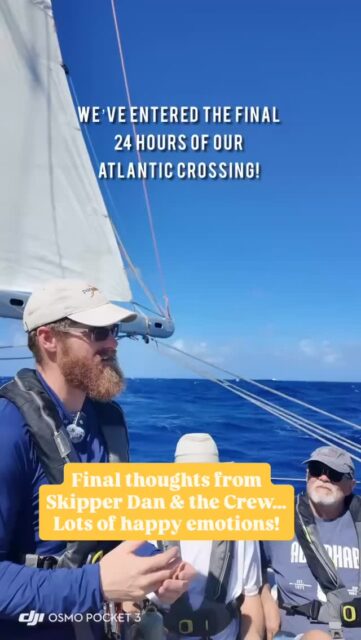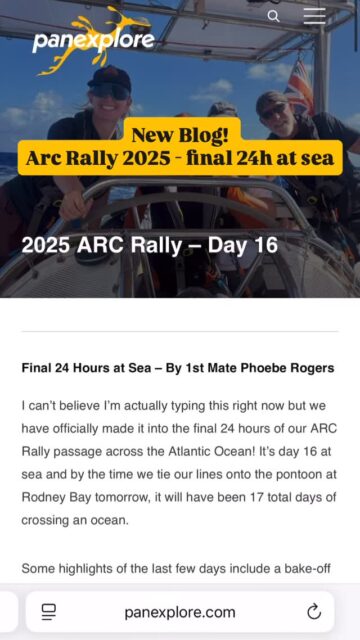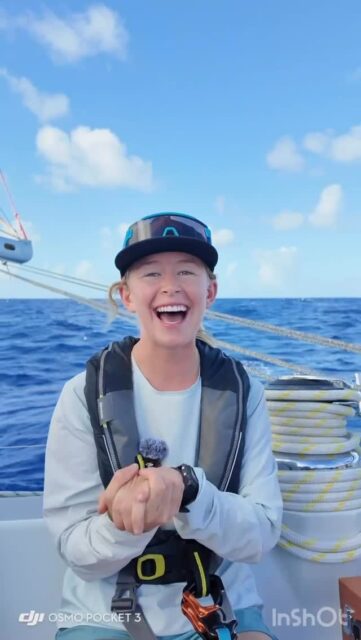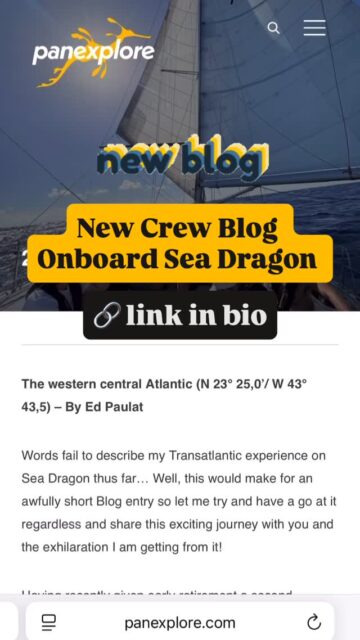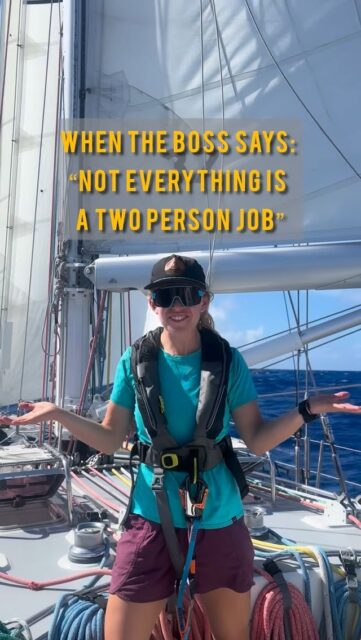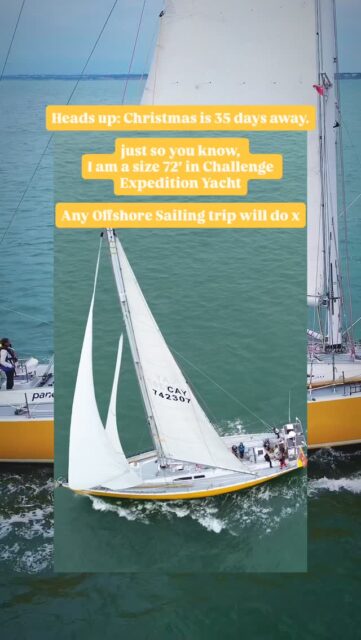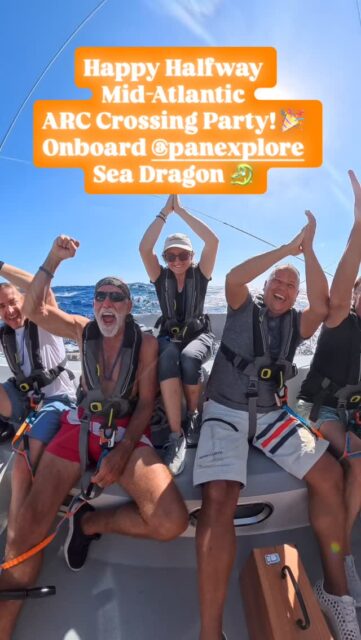Hello from the Sea Dragon,
Today was a first for the Marine Protected Area (MPA) here in La Caleta. We met with Dr. Rubin Torres again and conducted the first plankton tow in the park. A plankton tow consists of towing a cone-shaped mesh net alongside the boat. The mesh net is really fine, so that the plankton can be trapped and funneled into a plastic bottle. With the distance and net area, we can calculate the amount of plankton within an area and estimate the productivity of an area.
The first tow was done leaving La Caleta and was at a shallow depth. The second tow was also done leaving La Caleta, but was at a deeper depth. The final tows were done heading back to La Caleta and were done at a shallow depth and deep depth, as well. The tows heading back to La Caleta had fewer amounts of plankton.
Dr. Torres suggested that the park might be a sink for nutrients, instead of a source, and therefore, all the more reason to protect the area.
The plankton samples will be analyzed later by Dr. Torres and his volunteers, with the hope of finding fish larvae of important reef fishes and creatures, such as groupers, lobster, and conch. If these larvae are found in the samples, that would suggest that animals are started to return again to the area and that the management of the protected area is working.
We had plans to deploy the Remote Operated Vehicle (ROV). However, the tether took hours to untangle, and we were unable to deploy the ROV. Maybe at a later date we will be able to.
We are now about to disembark and start our sailing journey for the next couple days.
Talk to you tomorrow.
Over and out.
– Jen Savaro, Exploration Science Program, March 10, 2015


